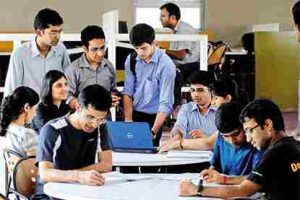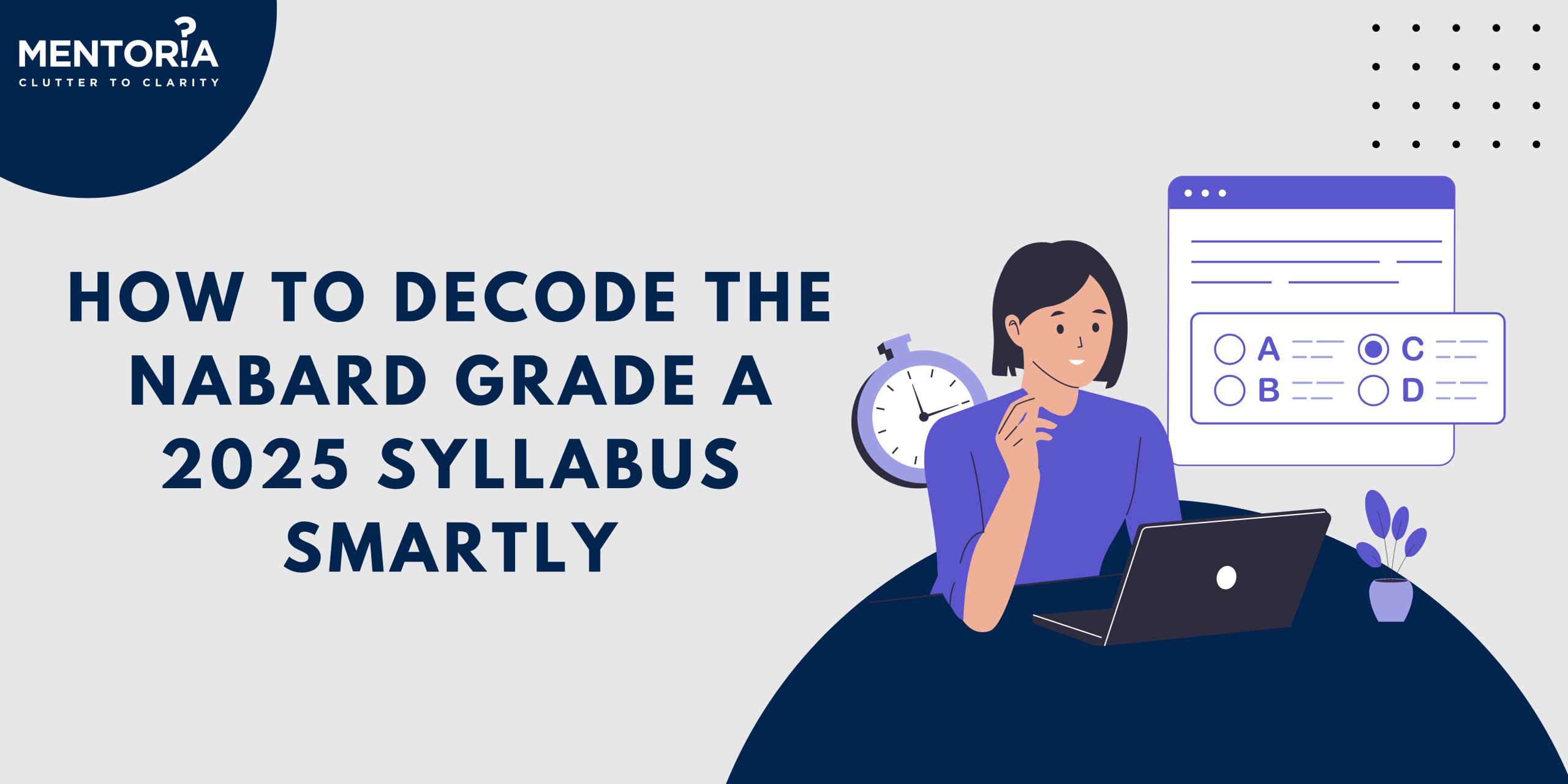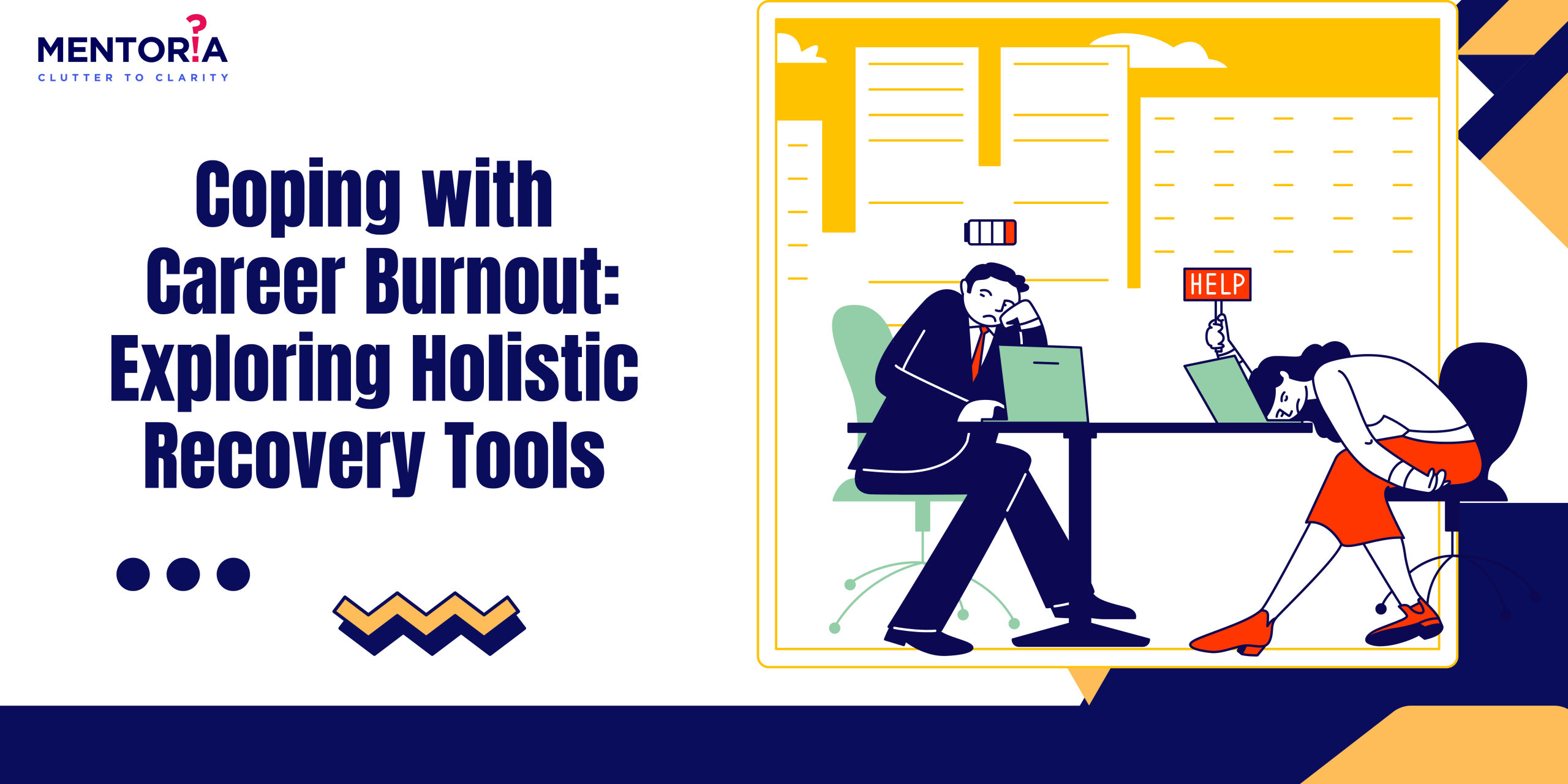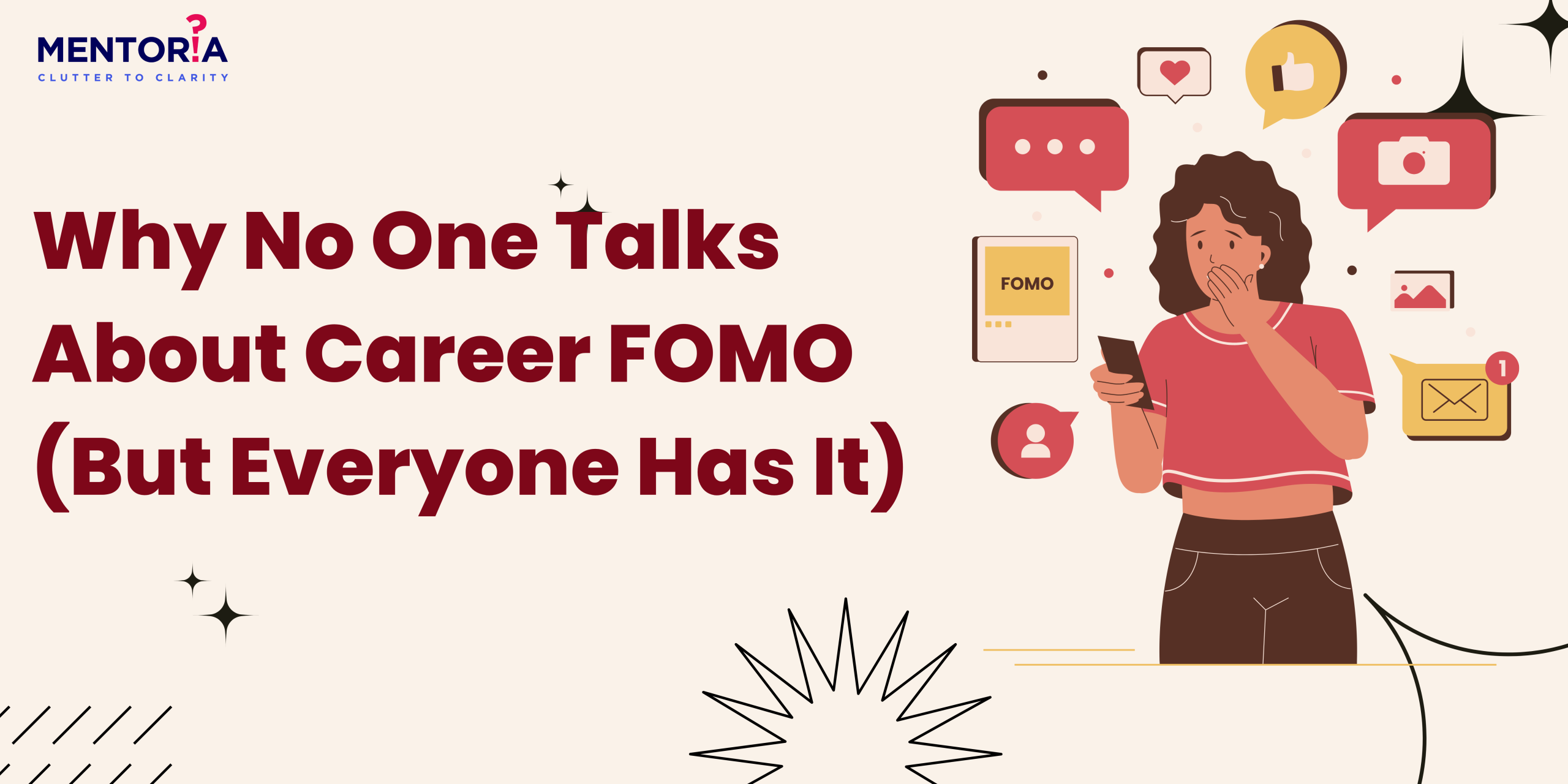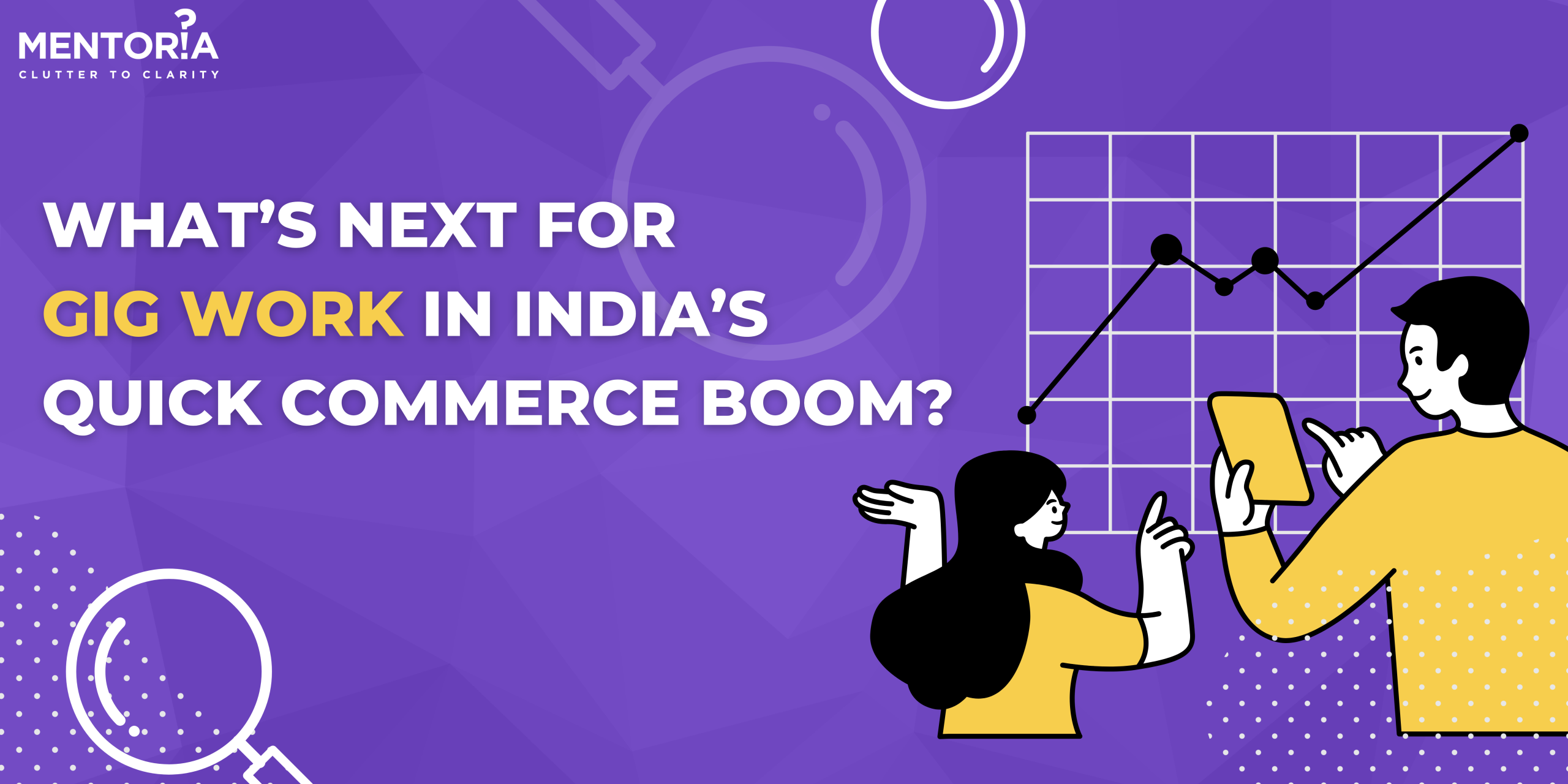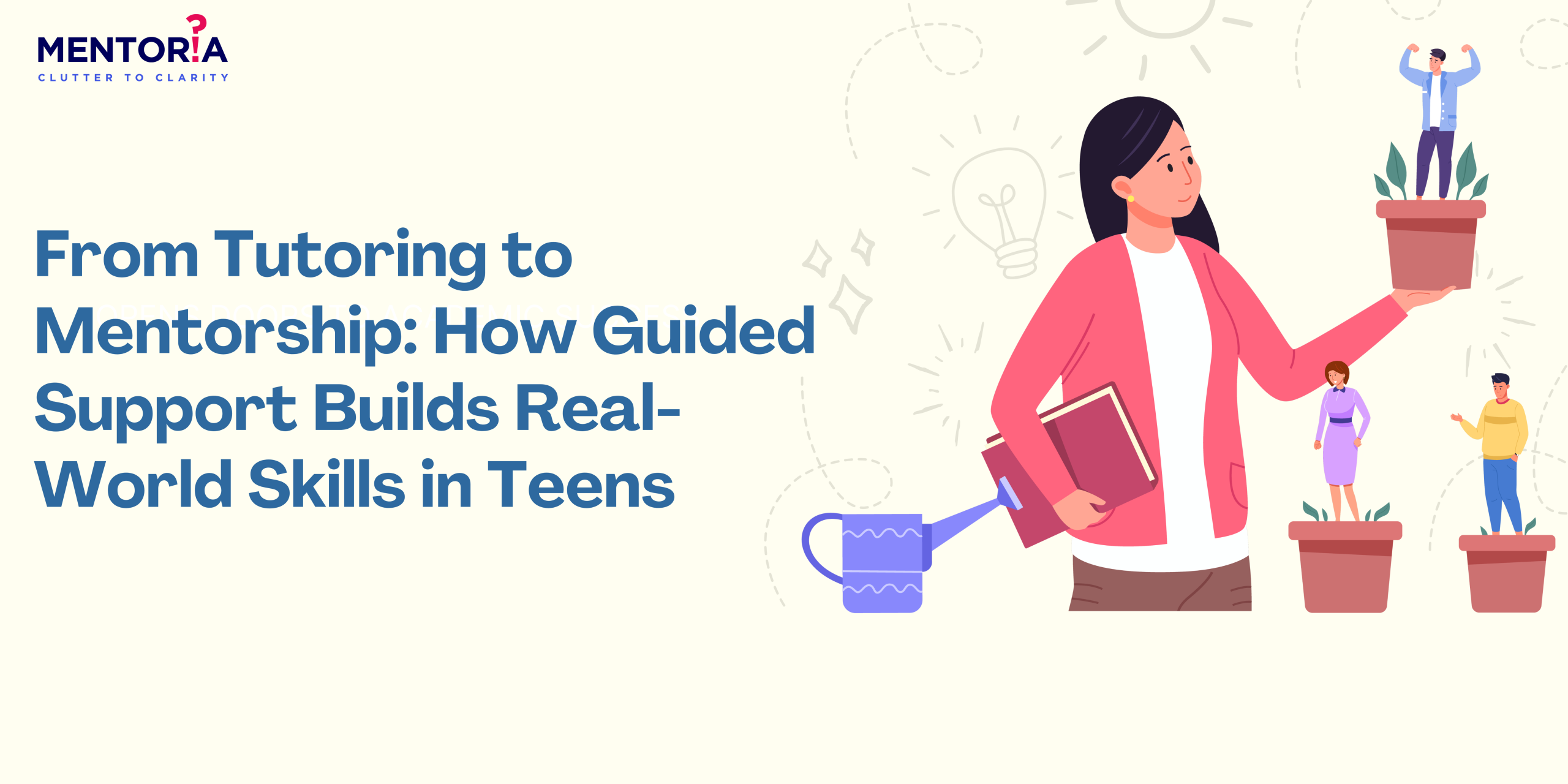Equality In Education: Bridging The Gap For A Brighter Tomorrow
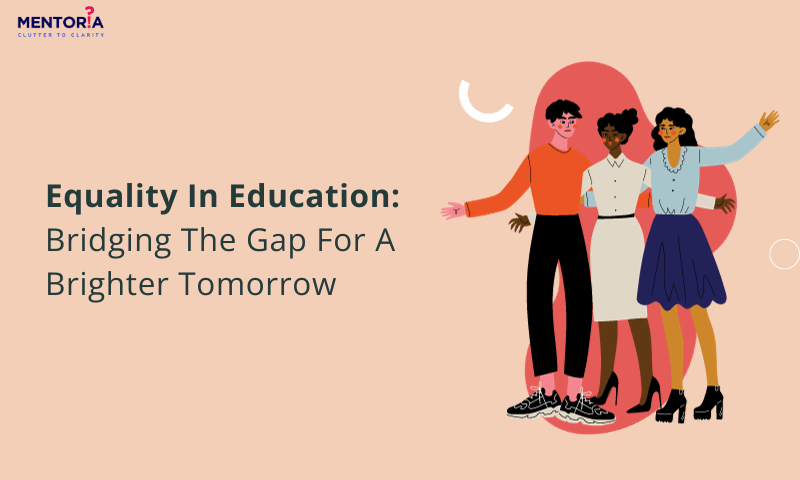
In a world that’s always changing, one thing should remain constant: everyone should have the chance to get a great education. As we move into the digital age, making sure that education is fair for everyone has become really important. Imagine a world where every kid, no matter where they’re from, can open the door to a future full of possibilities. It’s not a dream; it’s something we should all make happen because it’s the right thing to do. Join us as we embark on a journey to explore the avenues, initiatives, and innovative ideas that are reshaping the landscape of education, forging a path towards a brighter, fairer, and more inclusive future for all. Because when it comes to education, the only division that should exist is between knowledge and ignorance.
The Current State of Education Access
Before we explore the vision for equal access to education, let’s take a quick look at where we stand today. Knowledge is power, and it’s disheartening to know that not everyone has an equal shot at it. According to UNESCO, around 258 million children and youth worldwide were out of school in 2018. That’s like saying an entire continent missed out on the chance to learn! Now, let’s break down some of the main barriers to education access:
- Economic Disparities: The financial burden of education can be overwhelming for many families, particularly in low and middle-income countries. In some cases, tuition fees alone can be prohibitively expensive, leaving families with no choice but to keep their children out of school.
- Geographic Challenges: In remote and underserved areas, access to schools is limited or non-existent. Some students must embark on long, arduous journeys, sometimes crossing treacherous terrain or rivers, just to reach a classroom. The sheer distance discourages attendance, leading to high dropout rates.
- Gender Inequality: Despite significant progress in recent years, gender disparities in education persist. In some parts of the world, girls are still denied an education due to cultural and societal norms. Gender bias, early marriages, and the lack of safe and separate facilities for girls in schools contribute to this inequality.
- Disabilities: Children with disabilities often face discrimination and a lack of suitable facilities and resources. This neglect deprives them of the opportunity to learn and reach their full potential.
The Vision – A World of Equal Education Access
Now, let’s get to the good stuff: envisioning a world where education is accessible to all.
Learning for All Ages
Education isn’t just for kids. The vision of equal access to education means that people of all ages should have the opportunity to learn and grow. Lifelong learning should be the norm, not the exception. Adult education programs, vocational training, and opportunities for skill development should be readily available and accessible to all.
Breaking Down Financial Barriers
Financial constraints should never be a roadblock to education. Scholarships, grants, and low-cost educational options can make a world of difference. Governments, private organisations, and philanthropists should collaborate to ensure that no one is left behind due to their financial situation. Additionally, financial literacy programs can empower families to make informed decisions about investing in their children’s education.
Bridging the Digital Divide
In our increasingly digital world, access to the internet and technology is essential for education. The vision includes bridging the digital divide by providing access to devices and affordable internet connections, especially in underserved areas. Initiatives such as one-laptop-per-child programs and community Wi-Fi projects can narrow this divide significantly.
Embracing Diversity
Equal access to education also means embracing diversity. It means creating inclusive environments where students of all backgrounds, abilities, and genders can thrive. This includes promoting diversity in teaching staff to provide role models for students and fostering a culture of respect and acceptance within educational institutions.
Practical Steps Toward Equality
Now, let’s roll up our sleeves and talk about how we can turn this vision into reality. It’s not just a dream; it’s an achievable goal!
Investing in Infrastructure
One of the first steps toward equal education access is investing in school infrastructure. This includes building schools in remote areas, ensuring they have clean water and sanitation facilities, and making classrooms safe and conducive to learning. Adequate infrastructure not only attracts students but also enhances the overall quality of education.
Teacher Training and Support
Teachers are the heart of education. Providing teachers with proper training, resources, and competitive salaries is crucial. After all, an educated and motivated teacher can inspire generations. In addition to formal training, ongoing professional development opportunities should be available to teachers to keep them updated with the latest teaching methodologies and technologies.
Innovative Approaches
Innovation can be a game-changer. Utilising technology like online learning platforms, educational apps, and virtual classrooms can help reach students in remote areas. Plus, it makes learning more engaging and interactive! Adaptive learning systems can tailor educational content to individual students, addressing their unique needs and pacing.
Advocacy and Awareness
Raising awareness about the importance of equal access to education is a key element. Governments, organisations, and individuals can advocate for policy changes, increased funding, and support for educational initiatives. Awareness campaigns can focus on the value of education, dispelling myths, and challenging stereotypes that perpetuate inequality.
Success Stories
Let’s take a moment to celebrate some incredible success stories in the journey toward equal education access. These stories prove that change is possible when individuals and communities come together.
The GPE – Global Partnership for Education
The Global Partnership for Education stands as a beacon of hope in the pursuit of equal education access worldwide. This organisation has been unwavering in its commitment to ensuring that children in developing countries not only have access to education but also receive a quality education. Through tireless efforts and strategic partnerships with governments, donors, and civil society organisations, GPE has achieved remarkable progress. They have significantly increased enrollment rates, especially for girls, and worked diligently to enhance the overall quality of education. This means that more children, regardless of where they are born, now have the opportunity to receive an education that can transform their lives and their communities.
Room to Read
Room to Read is a remarkable organisation that believes in the profound impact of “World Change Starts with Educated Children”.Their focus on literacy and gender equality in education has touched the lives of millions of children, particularly girls, in the most meaningful way. By providing access to books, establishing libraries, and delivering quality education, Room to Read has sparked a positive ripple effect. Their innovative programs and data-driven approach have transformed communities by breaking down the barriers that once limited educational opportunities. Now, more children can dream bigger, learn better, and, ultimately, create brighter futures for themselves and their communities.
The Right to Education Act (RTE) – India
India’s Right to Education Act, enacted in 2009, represents a monumental step toward ensuring equal access to education within the country. This act not only recognizes education as a fundamental right for every child aged 6 to 14 but also takes concrete actions to make this right a reality. It mandates free and compulsory education, setting stringent standards for school infrastructure, teacher-student ratios, and the inclusion of children with disabilities. As a result of RTE’s implementation, India has witnessed a remarkable increase in school enrollment rates, particularly among marginalised communities. Moreover, the quality of education has shown significant improvements, ensuring that students receive an education that equips them for a brighter future.
Our Role in the Vision
We’ve talked about the vision, practical steps, and success stories, but what can you and I do to promote equal access to education?
Support Organisations
Contributing to organisations like UNICEF, Save the Children, and local NGOs can make a big difference. These organisations work tirelessly to provide resources and support where it’s needed most. Donations, sponsorships, or volunteering your time can directly impact the lives of children and families seeking education.
Mentorship
Consider mentoring a student or volunteering your time to help someone in need. Your knowledge and experience can be a lifeline for a young learner. Mentorship programs connect experienced individuals with students seeking guidance, motivation, and support in their educational journey.
Advocate for Change
Don’t underestimate the power of your voice. Advocate for equal access to education by contacting your local representatives, participating in awareness campaigns, and supporting policies that promote education for all. Joining advocacy groups and using social media platforms to raise awareness can amplify your impact.
Be a Lifelong Learner
Lastly, lead by example. Keep learning, growing, and exploring new horizons. The more we value education, the more we inspire others to do the same. Whether you’re acquiring new skills, pursuing higher education, or simply reading books, your commitment to learning sends a powerful message about the importance of education.
Mentoria’s Commitment to Equal Access to Education
In our pursuit of equality in access to education, we’ve explored the challenges and opportunities that lie ahead. The vision of a world where every individual, regardless of their background or circumstances, can access quality education is a powerful one. It’s a vision that requires collective effort and commitment from governments, educators, parents, and organisations.
Mentoria is proud to be part of this mission. We are dedicated to providing guidance and support to students, educators, and institutions to help bridge the gaps in access to education. Through our innovative career counselling solutions, we aim to empower students to make informed choices about their education and career paths, regardless of their socio-economic backgrounds. Together, we can break down barriers, challenge biases, and create a world where education truly knows no bounds. Let’s work towards a future where every individual has the opportunity to unlock their full potential through education.


